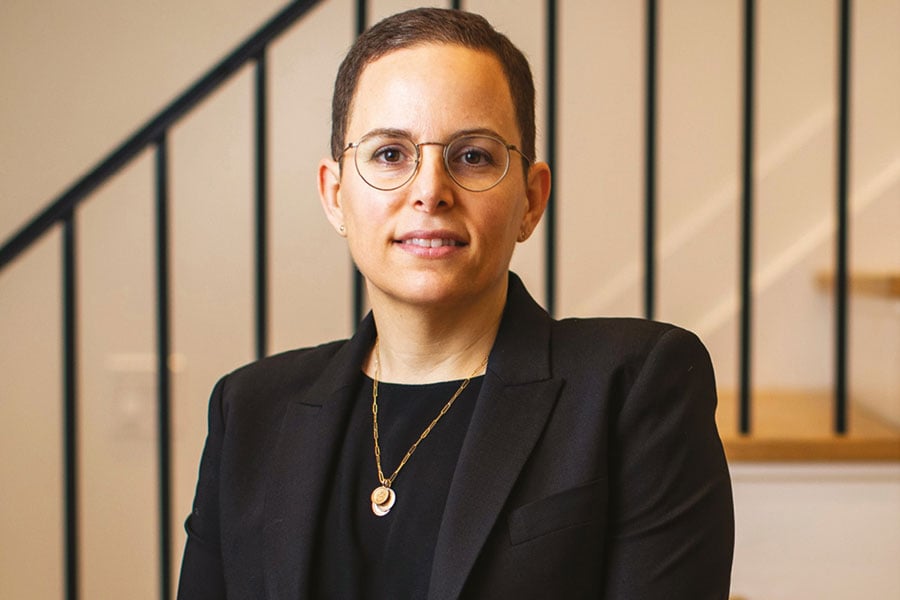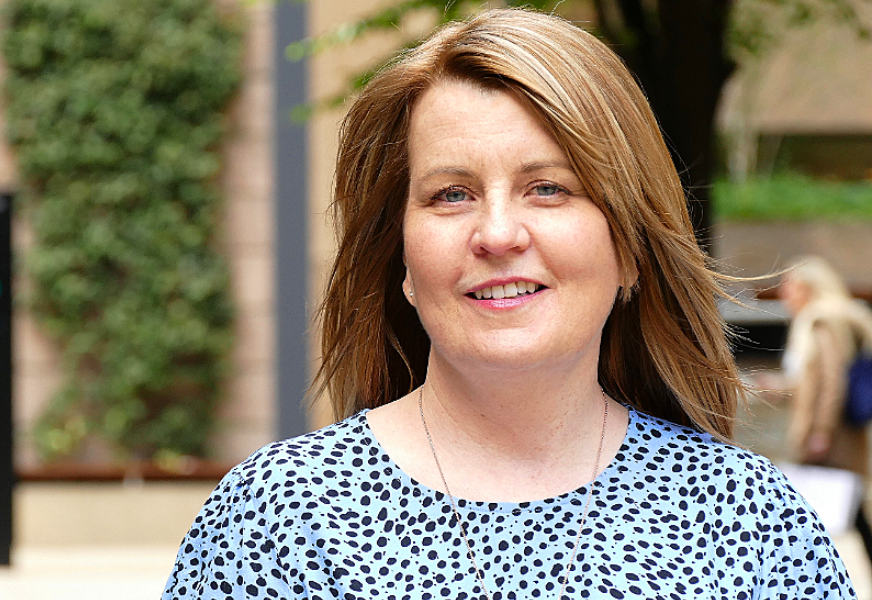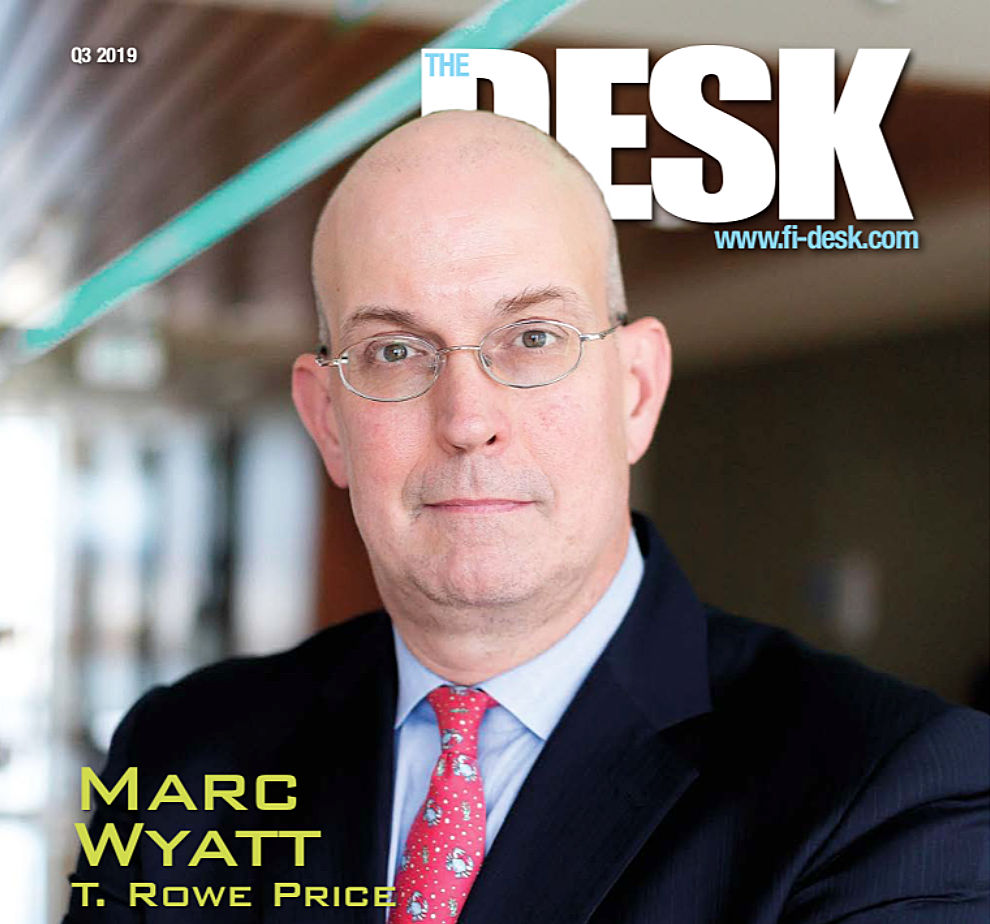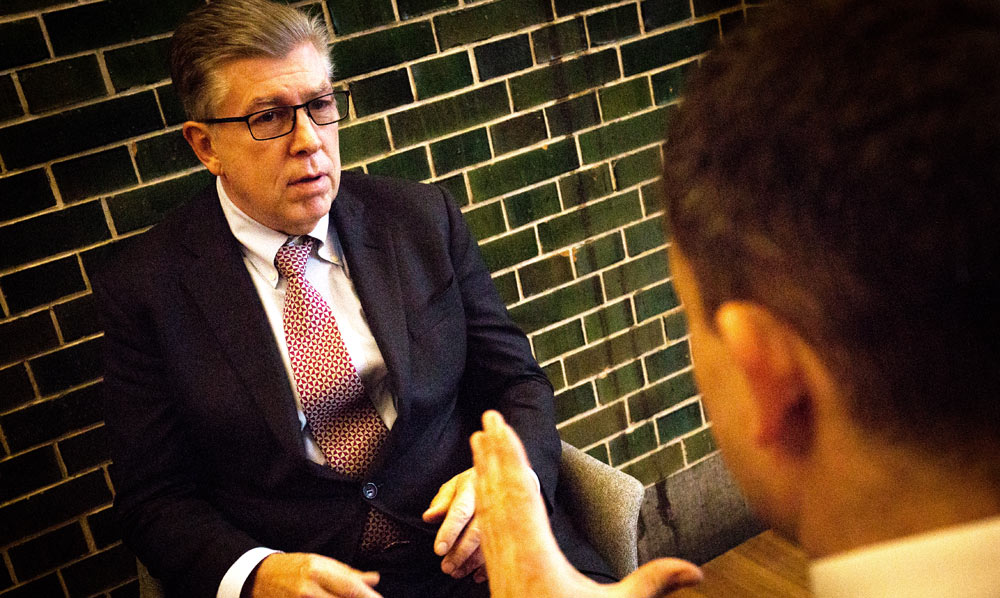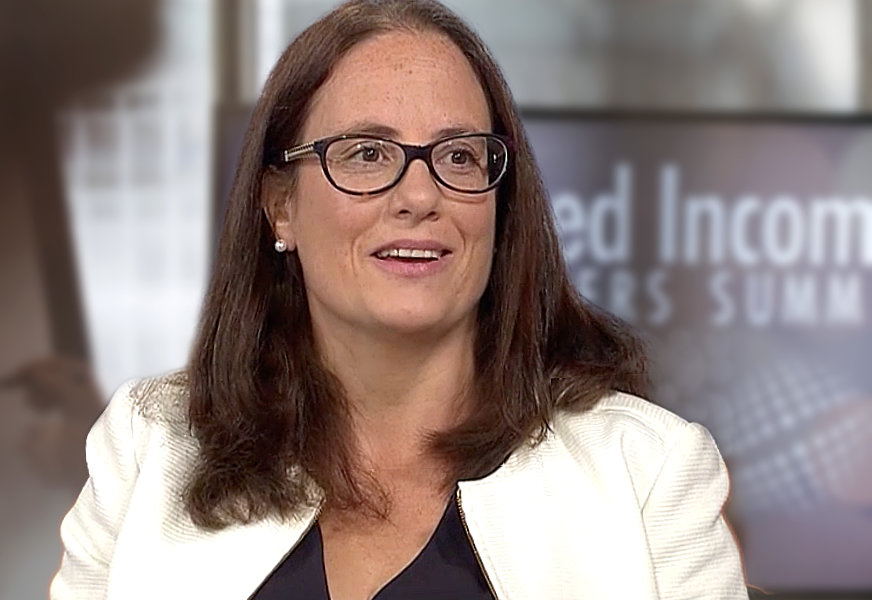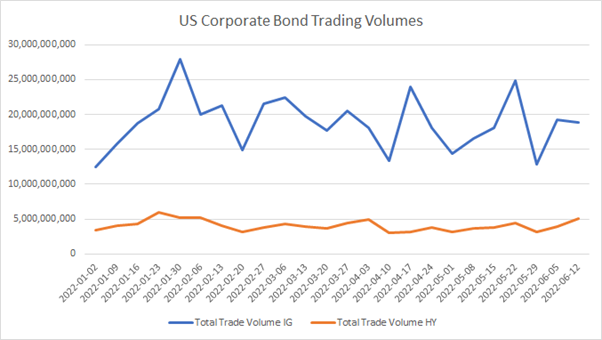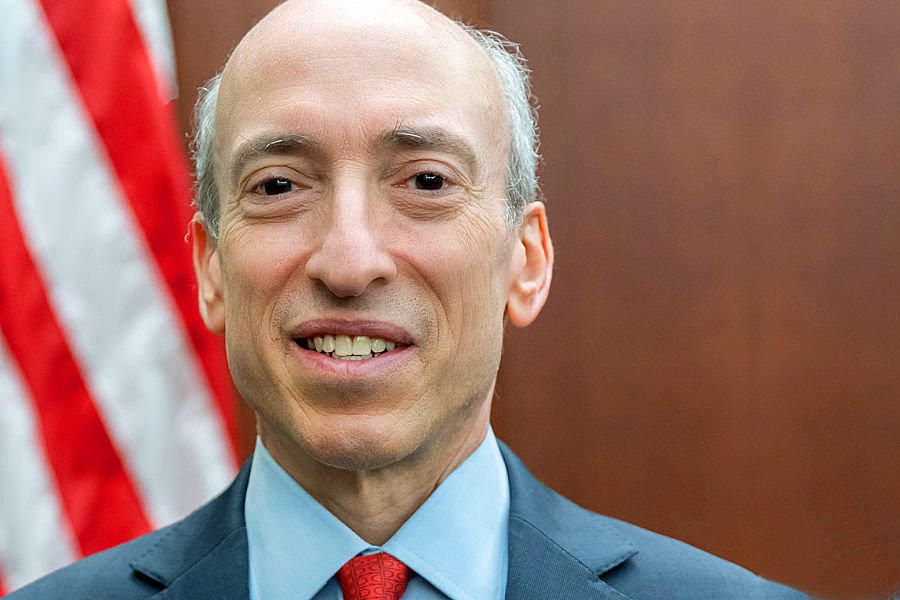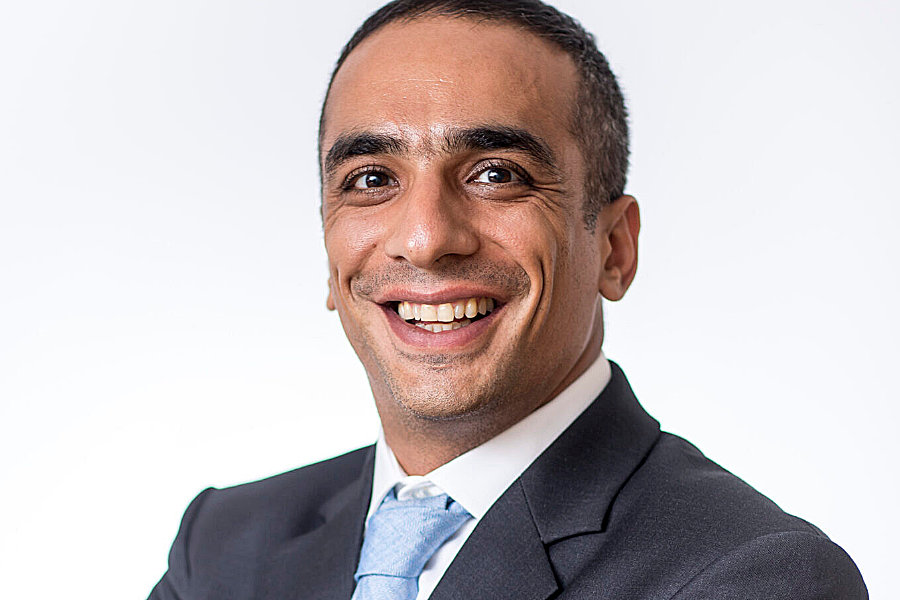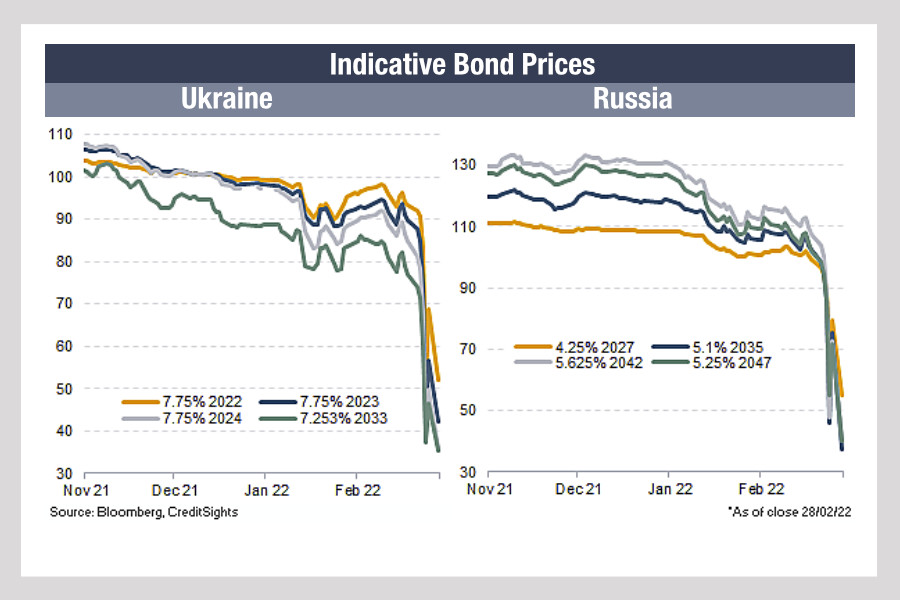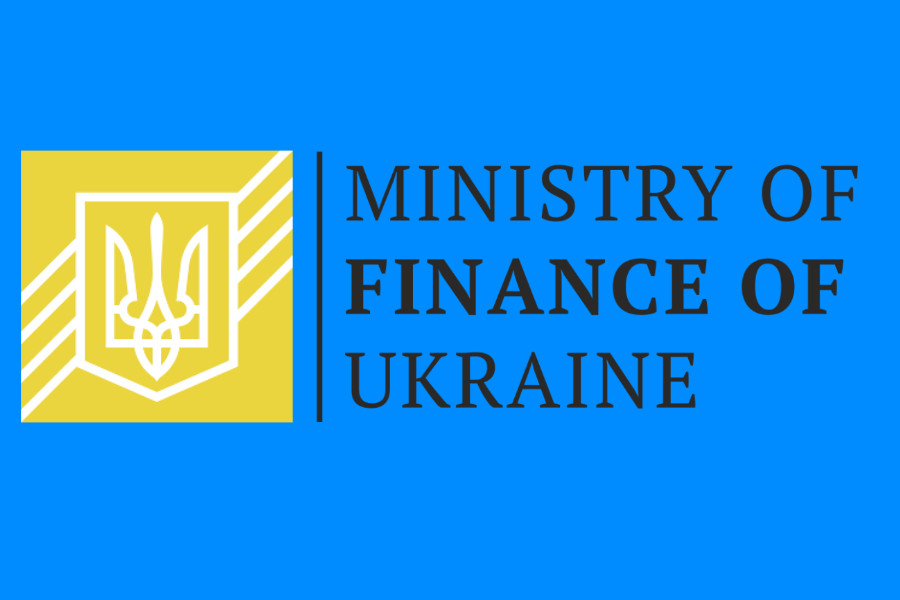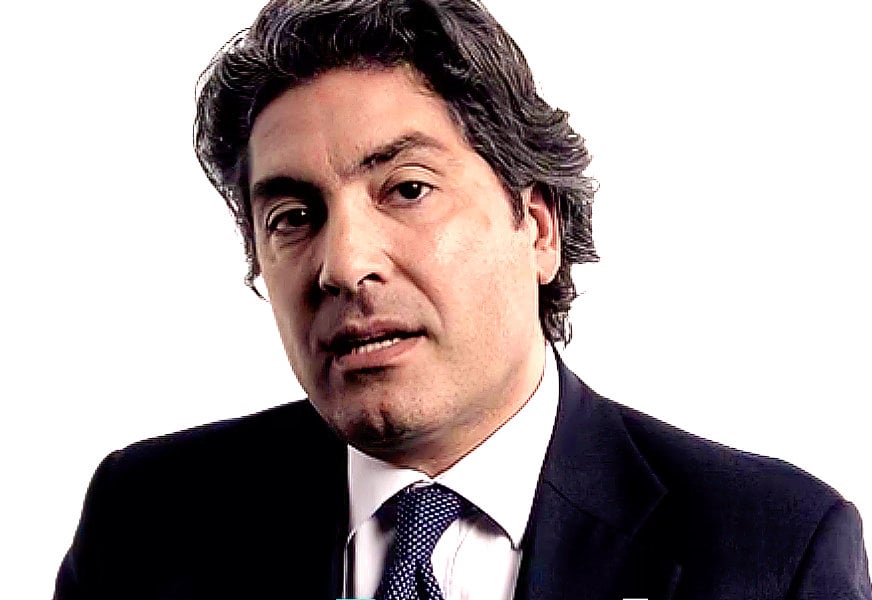Time to awaken the sleeping giant
 Susan Estes, Co-Founder, CEO & President of OpenDoor Securities
Susan Estes, Co-Founder, CEO & President of OpenDoor Securities
The tripling in size of the US Treasuries market over the past decade hides the uncomfortable fact that daily trading volumes of all US Treasuries have remained virtually static at about $500 billion. So why has daily turnover slumped from around 10% of the total issuance ten years ago, to just 3% today? A look at the dramatic changes in market structure over this time provides some clues.
The investigation starts with a breakdown of the trading activity, which reveals a marked shift to on-the-run (OTR) securities. The growth in OTR trading is a direct result of the proliferation of principal trading firms (PTFs) and the growth of algorithmic trading. But this obscures the fact that while on the surface OTR trading is flourishing, off-the-run (OFTR) securities are dealing with a liquidity drought.
Not only has OFTR trading activity fallen on an absolute basis in the past decade, it has happened at the same time that notional outstanding has soared from around $4.5 trillion to over $15 trillion. Before the financial crisis, OFTRs were actively traded by institutional investors; now they are moribund, yet their importance within a portfolio has not diminished. After all, there are over 300 OFTRs being managed in buy-side accounts, but only six OTRs.
One size does not fit all
The growth in OTR trading has been fuelled by the growing electronification of the marketplace. Central limit order books have enabled algorithmic trading, while the desire of inter-dealer brokers (and the grudging acceptance by traditional dealers) to allow non-traditional market makers to join their exclusive community has helped fuel growth in activity. Much of this activity has little to do with end-investors, and all to do with principal trading.
While trading in OTRs has become increasingly electronic, and dominated by PTFs, the OFTR secondary market has been left largely reliant on the traditional request-for-quote (RFQ) process, primarily between dealers and their clients. It’s a model that has flaws, and is essentially an electronic version of a telephone trading protocol that has been the norm for decades. The challenge is that the markets have changed.
Is it therefore time to awaken this potential sleeping giant and use technology to provide the opportunity for OFTR investors to discover new areas of liquidity that can satiate latent demand? The transformation of OTR trading by technology-led changes to market structure has dramatically improved efficiency and transparency – which have been critical to reinforce investor confidence.
Isn’t it about time the same approach was applied to the big beast that is now the OFTR market? Most market analysts accept that anything that improves OFTR liquidity (and consequently both confidence and marketability) would be a net positive. If that could also help address the imbalances in market structure via an acceleration of technology adoption it could also deliver to OFTR customers the efficiencies and transparency so far only seen in OTR trades.
A new world demands new approaches
RFQ is a great tool, but its inherent information disclosure has always been stacked in favour of the dealers. It’s time to add a more open approach that creates the transparency and confidence (and consequently improved liquidity) investors require in OFTRs as well as the latest OTRs. More importantly, it is also something that both asset managers and regulators are aware of and increasingly calling for, even though there has traditionally been reluctance from incumbents.
This is the ultimate ‘chicken and egg’ scenario; the investors who require the liquidity must also provide it, if liquidity is to be unlocked to the benefit of all. An all-to-all platform can provide the security, efficiency and anonymity required, while encouraging new investors to participate. This widening of the customer base will be as crucial as the new protocols in driving down the costs and increasing the transparency that investors and regulators clearly desire.
Why not?
In an age when technology is driving so many beneficial changes, it should be a no-brainer to unlock a near-dormant $15 trillion asset class, of which only around $100 billion of off-the-run Treasuries, or less than one percent, trades each day. At a time when margins are shrinking and profits under pressure in so many other areas of trading it could also become a vital new revenue stream for dealers.
Perhaps more importantly, investing the time and energy now to adapt to new protocols and technologies will help ensure a more robust, diverse future marketplace, with more opportunities for buy- and sell-side traders alike, all while reducing the risks of an unforeseen liquidity crunch. It’s the difference between being pro-active and reactive, between flood insurance and prayer. For once there seems to be both the opportunity and the commitment to make it happen. Let’s not let it slip through our fingers.
©TheDESK 2018
TOP OF PAGE

